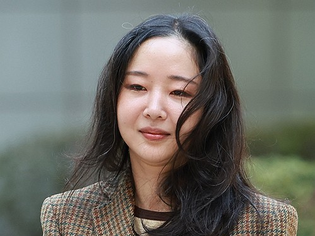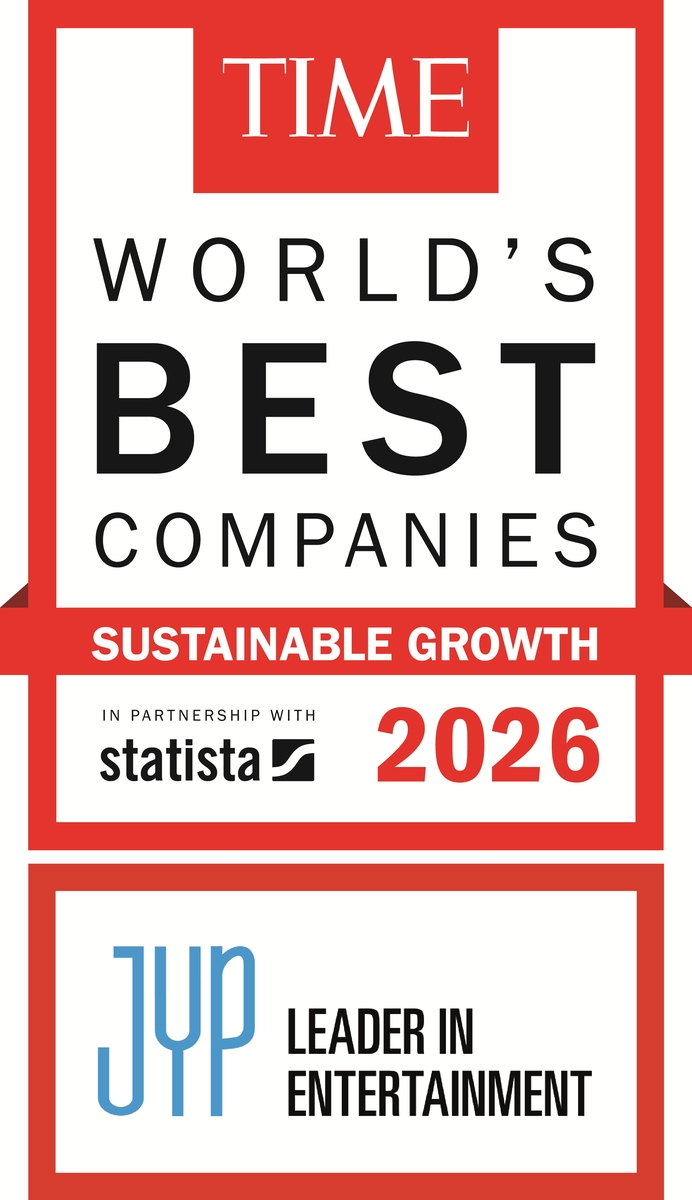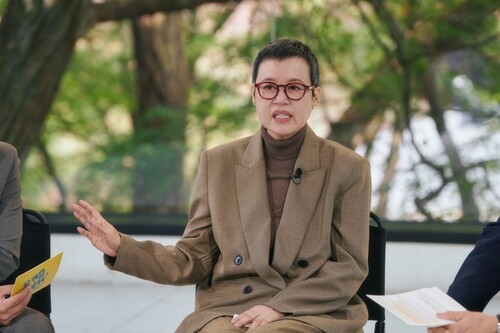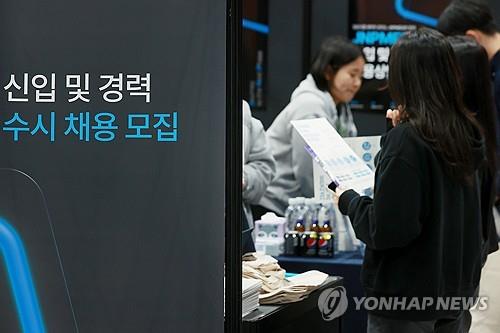 |
| ▲ Jobseekers visit a booth of a company set up at a job fair in Seoul on Oct. 31, 2023. (Yonhap) |
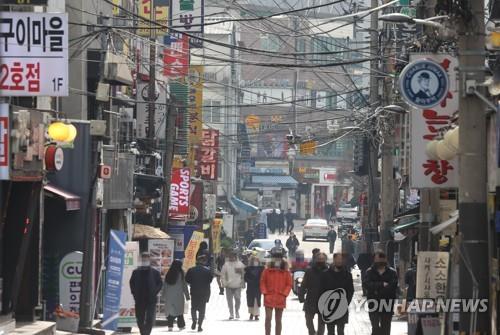 |
| ▲ This file photo taken Dec. 12, 2022, shows restaurants in Seoul. (Yonhap) |
(LEAD) non-wage workers-tally
(LEAD) One-man biz operations hit 15-year high in 2023: data
(ATTN: RECASTS headline, lead to highlight one-man operations; ADDS data on economically inactive people in last 10 paras)
SEOUL, Nov. 1 (Yonhap) -- The number of one-man self-employed businesses in South Korea reached the highest level in 15 years, data showed Wednesday.
The number of non-wage workers, including the self-employed, came to 6.72 million as of August, up 38,000, or 0.56 percent, from a year earlier, according to the data compiled by Statistics Korea.
The number accounts for 23.4 percent of the country's employed people, down 0.1 percentage point over the cited period and the lowest level to date.
Of the total non-wage workers, one-man operations inched up 0.8 percent to 4.37 million this year.
This year's reading marked the highest figure since 2008, the agency said.
Some 1.41 million people hired employees to run their businesses, and this year's figure marked 4.4 percent on-year growth.
But the number of people serving family-run operations without pay tumbled 5.5 percent on-year to 996,000 as of August, the data showed.
Male workers accounted for 61.7 percent of the total non-wage workers, or 4.15 million, and the proportion of women came to 38.3 percent with 2.58 million.
Those in their 60s and older accounted for 38.8 percent of all non-wage workers, or the largest share, followed by people in their 50s with 27 percent and those in their 40s with 19 percent.
The number of non-wage workers both in their 60s and older and 50s logged an on-year increase, while that among other age groups all fell this year, according to the data.
Some 22.9 percent of the total non-wage workers, or 1.54 million people, were engaged in the agricultural sector, and 16.8 percent were running wholesale and retail shops.
The accommodation and hospitality businesses had 874,000 such laborers, or 13 percent of the total.
The construction and manufacturing fields reported on-year growth in the number of their non-salaried workers, while wholesale and retail businesses, as well as agricultural and art and sporting sectors, shed such positions this year, the data showed.
Meanwhile, the agency said that the number of economically inactive people in South Korea came to 16.16 million as of August, down 83,000 from a year earlier.
They accounted for 35.6 percent of the country's total population aged 15 and older.
Of the total economically inactive people, 35.6 percent, or 5.9 million people, were in charge of housework, and 20.4 percent said they were either studying, learning or preparing for exams to land jobs.
Some 15.6 percent cited aging as a reason, and 14.4 percent said they simply opted to remain unemployed and not engage themselves in education or training.
The number of people who decided to remain out of work grew 0.6 percent on-year in 2023.
Asked why they decided to remain unemployed, 32.5 percent, or the largest share, of those in their 20s and 30s said they had difficulties finding jobs that they wanted.
Around 23.9 percent said they took a break to be better prepared for their future careers, and 18.2 percent pointed to health problems.
"Young people cited the job market and work conditions as major reasons for their staying out of the labor market, while the primary reason for those in their 40s and older was their health conditions," a statistics agency official said.
South Korea's employment rate for people aged 15 and older rose 0.5 percentage point on-year to 63.2 percent in September, the highest for any month since the statistics agency began compiling related data in 1982.
The unemployment rate came to 2.3 percent, and the rate among people aged 15-29 came to 5.2 percent in September, according to the government data.
(END)
(C) Yonhap News Agency. All Rights Reserved











